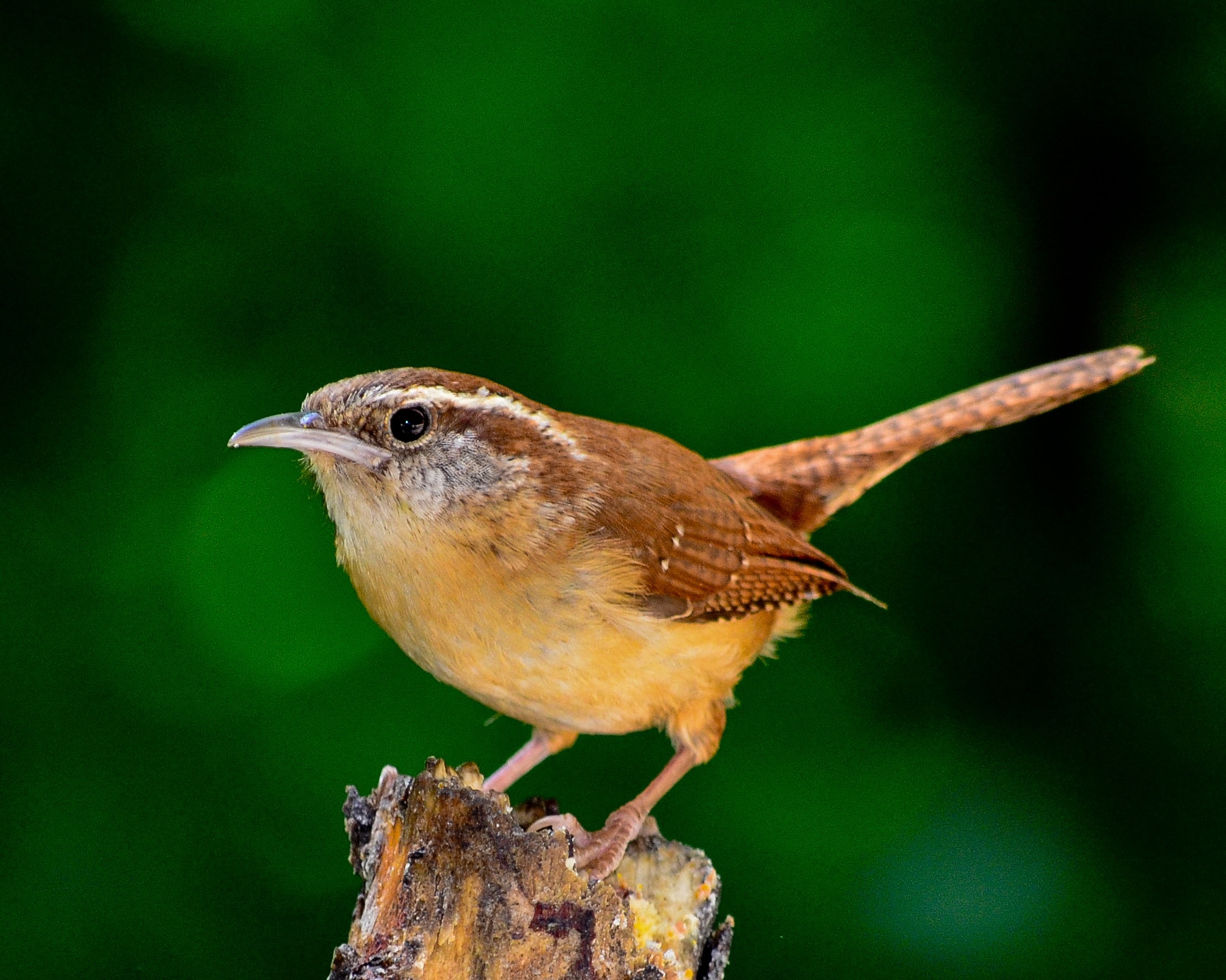
You may need to place them in an incubator and hand feed them every 2 hours (commercial diets are available, to which you just add water). Hand-rearing chicks takes time and the right equipment. However, first time or inexperienced parents may not care for their young, and you have to care for them. If the parents care for their young, you will not have to worry too much. Offer fresh food and plenty of water daily. You will need to check the nesting box every day to make sure the chicks are being fed properly. Most hand-rearing formulas can be used successfully however, if you are using a formula relatively high in fat, care must be taken not to overfeed the chick. Many cockatoos are relatively easy to hand-rear. Incubation period is approximately 24 to 26 days, and chicks will usually fledge at approximately 12 to 14 weeks of age. The size of the nest box will vary depending on the size of the adult bird.Ĭlutch size is typically two to three eggs. Size should be approximately 12 inches by 12 inches by 24 inches or 12 inches by 12 inches by 36 inches. Grandfather-style wooden boxes can be used for certain cockatoo species since some species like a deep, narrow nest. Metal barrels, plastic pickle barrels and garbage cans can also be used. Large wooden boxes can be used size should be approximately 18 inches by 18 inches by 24 inches. Nest Boxesĭouble-entrance nest boxes are often used to reduce the chance of the male trapping the female in the box. In southern states outdoor caging must be protected from opossums to prevent exposure to the parasite Sarcocystis falcatula which can result in a fatal lung infection.
#SMALL COCKATOO FULL#
If housed outdoors, cockatoos often call at night, especially during a full moon. Note When breeding any cockatoos, noise and proximity to neighbors must be considered. Aggressive behavior may occur in compatible breeding pairs. Clipping the wings of the male prior to the breeding season will help the female to escape in case the male becomes aggressive.

Fatal attacks may occur in which the male bird severely bites the face, wings, and legs of the female. Male cockatoos may become aggressive toward their mates. A suggested size is 4 feet wide by 4 feet tall by 8 feet long suspended 4 feet above the ground or floor. One inch by one inch 12-gauge welded wire is a good choice for cage construction. The breeding cage should be large enough to allow some limited flight between perches. The breeding life span of most cockatoos is not precisely known but is possibly up to 30-plus years. Breeding age can be as young as three years, but hand-reared birds may not begin breeding before they are 8 to 10 years old, especially hand-fed males. In North America, the predominant breeding season is winter and spring, although some pairs may produce year round. Most cockatoos breed well in captivity, but some species do not. The birds must be well fed and their new spacious cage must be clean. Breeding birds need to bond and get use to their surroundings. If you want to breed your cockatoo, make sure they are mature and healthy. If you are properly prepared, breeding can be a positive experience. Also make sure you already have homes lined up for the new babies. Make sure you have the time and money necessary, as well as easy access to an experienced avian veterinarian. To safeguard the health of your bird and his or her offspring, you need to be able to handle any situation you encounter.

Breeding birds is not as simple as it sounds, and breeding your cockatoo is a decision that should only be made after a lot of research and talking with experienced breeders.


 0 kommentar(er)
0 kommentar(er)
